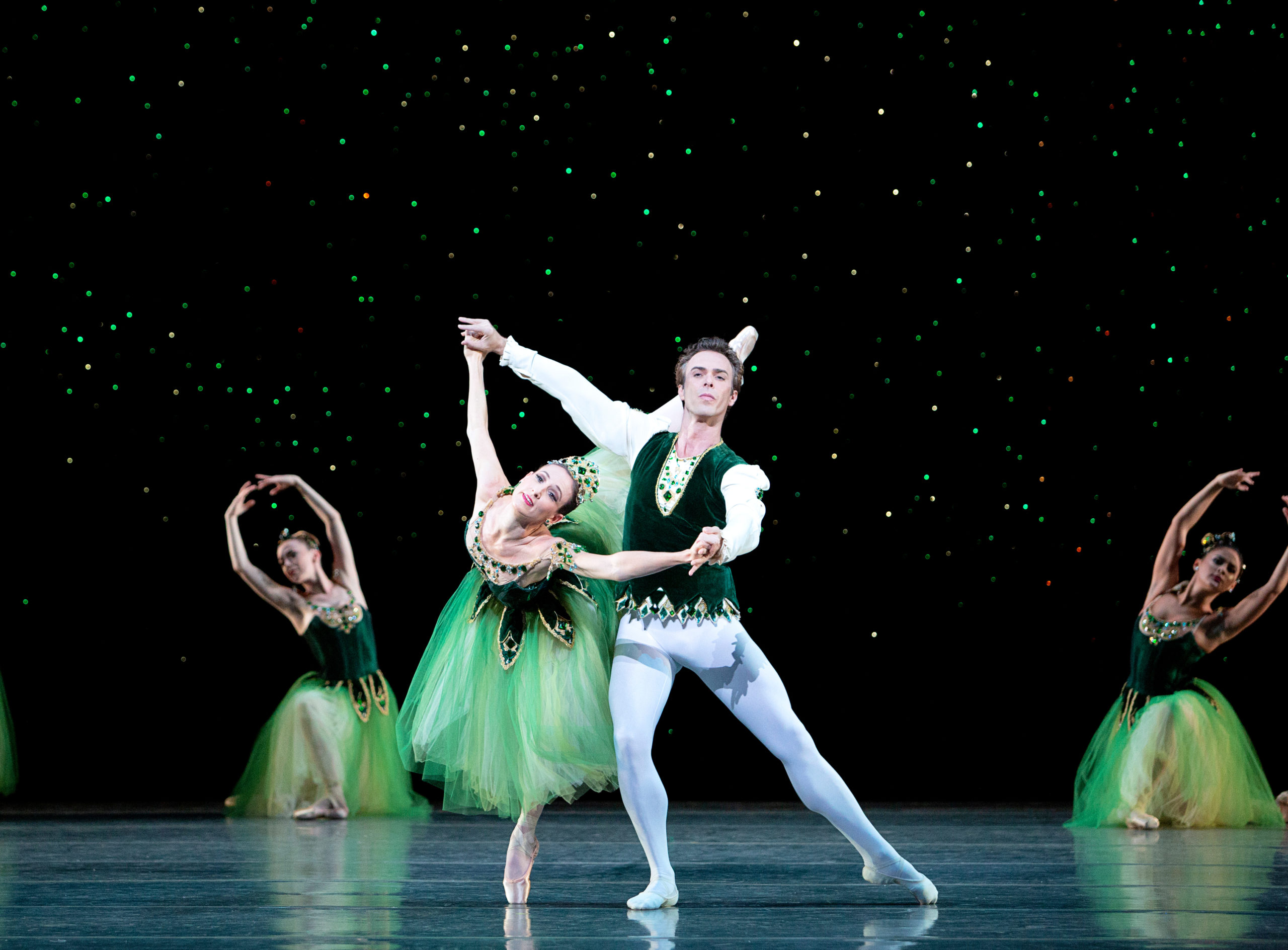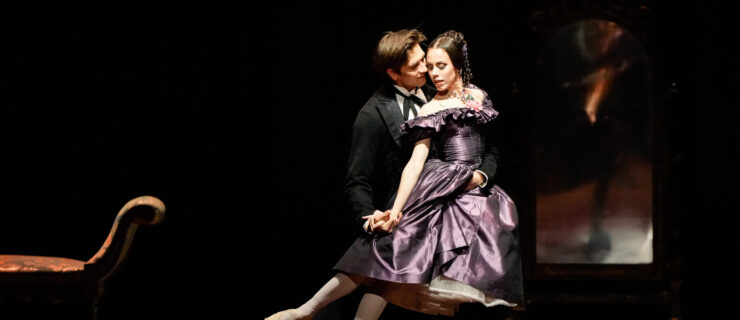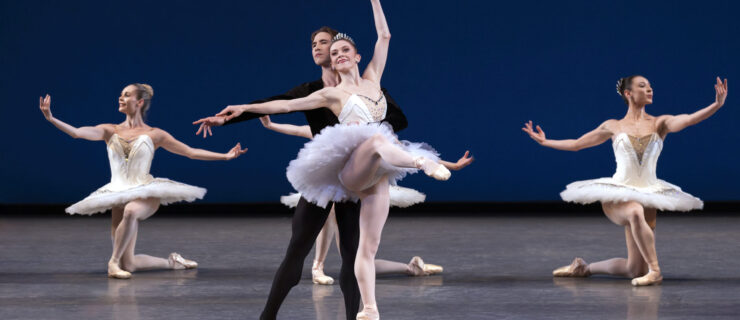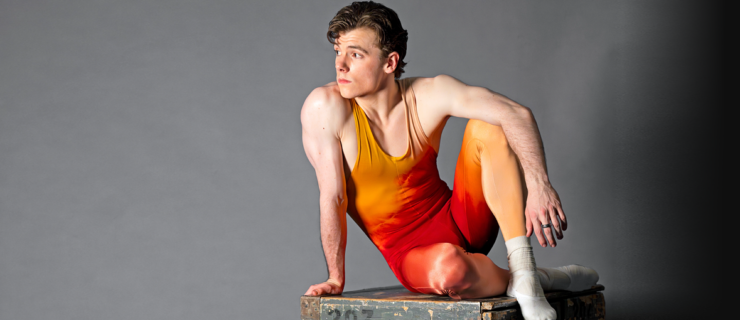Miami City Ballet’s Tricia Albertson on Career Longevity, and the Importance of a Supportive Teacher
Tricia Albertson shares how 25 years at Miami City Ballet has gifted her two different careers.
Over your 25 years at Miami City Ballet, you’ve worked for two artistic directors: Edward Villella and Lourdes Lopez. What kind of changes have you experienced working for two different leaders in the same place?
I danced under Edward for 14 years and he gave me so many opportunities and brought me up to principal dancer. When Lourdes came, it was amazing to have a new set of eyes and sort of a rebirth. She saw me very differently from Edward, who hired me at 17 and cast me in lots of younger, spritely roles. Lourdes saw me as a more mature woman, so she changed my entire rep. I got to explore a whole new career, sometimes dancing different roles in ballets I’d been doing for years. I almost felt like I had joined a new company, but got to keep all the things that are amazing about having been in the same place for a long time.
What do you enjoy more, performing or being in the studio?
As much as the end result is gratifying with the adrenaline, applause and flowers, I love the rehearsal process—even watching the process. Seeing other dancers transform and get comfortable in a role, and finding different parts of myself in a role—I think that’s why I’ve danced for so long, because it’s so fascinating to me.
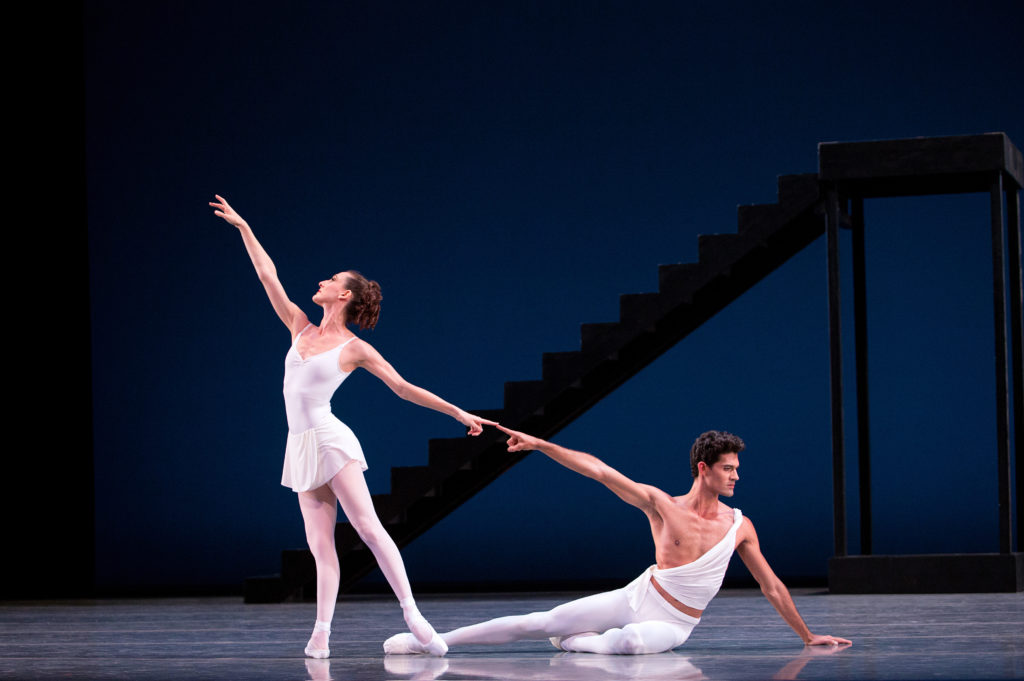
Do you find freedom or pressure in creating new roles?
Freedom! Oh, my gosh, so much freedom! It’s only happened a handful of times for me—when I first joined the company we had a resident choreographer, but there was a big chunk of time that we had no new works made on us. But when it has, it feels like I don’t have to be living up to someone else’s performance of something.
Among all of the different work you’ve done, which choreographer’s work has been your favorite to perform?
It’s funny, Balanchine comes to my mind first because his work was what made me fall in love with ballet. But onstage, it’s Paul Taylor. The pointe shoe element—the stress of having the right pair, and being “on” for that day—isn’t there with Taylor. His choreography is comfortable for ballet dancers to a certain degree, and it’s so musical. I’ve always had a blast doing his works.
What is the stamp of your dancing?
I’m versatile; I think that I have the capability to conform to whatever is dished out to me. I don’t have one technical quality that makes me unique—maybe my musicality. It’s sort of like my sixth sense. I have a special sensitivity for it.
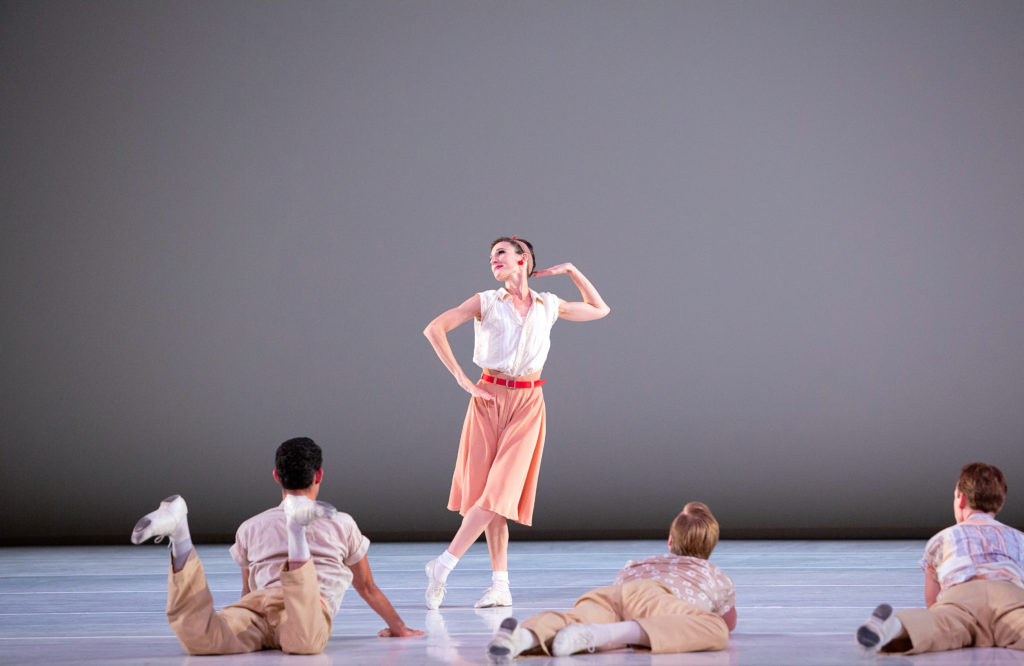
If you could have dinner with anyone in history, who would it be?
Thich Nhat Hanh! I’ve read so many of his books and they were the first to inspire me to meditate. I wish I could experience his calm and wisdom in person. Balanchine is a very strong second!
What is it like to tour so much with a big company?
I’ve learned how to get along with people and how to find a quiet space when it almost seems impossible. Touring is great, because as a company we spend a lot of time together that we might not otherwise. But it’s challenging because we don’t have a home theater where we can set up, and the driving can be hard on the body.
What is your hidden talent?
I love to salsa dance.
What is your advice for students wanting to be professional dancers?
Find people who support you. I’ve come across so many students who were discouraged by a certain teacher, then found another route and flourished tremendously with someone else’s support. If one teacher is not working for you and you really love ballet and have the passion for it, find another support. If you want to dance, there’s always a way.
